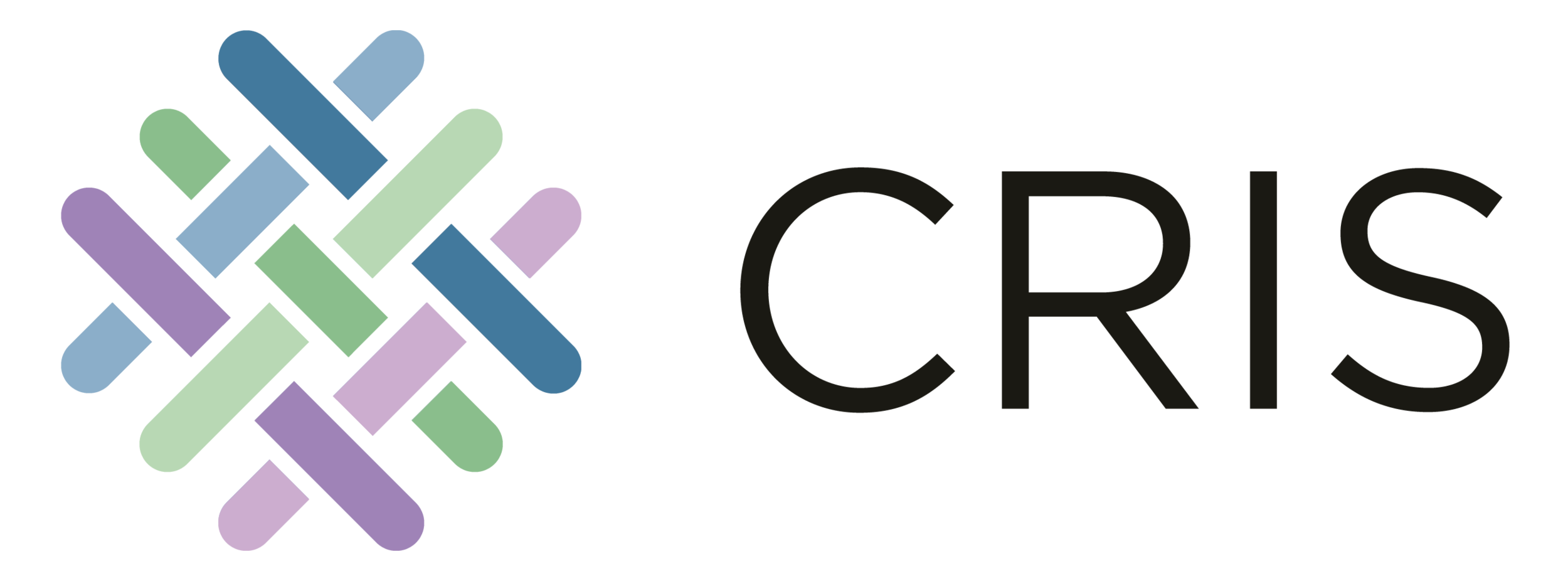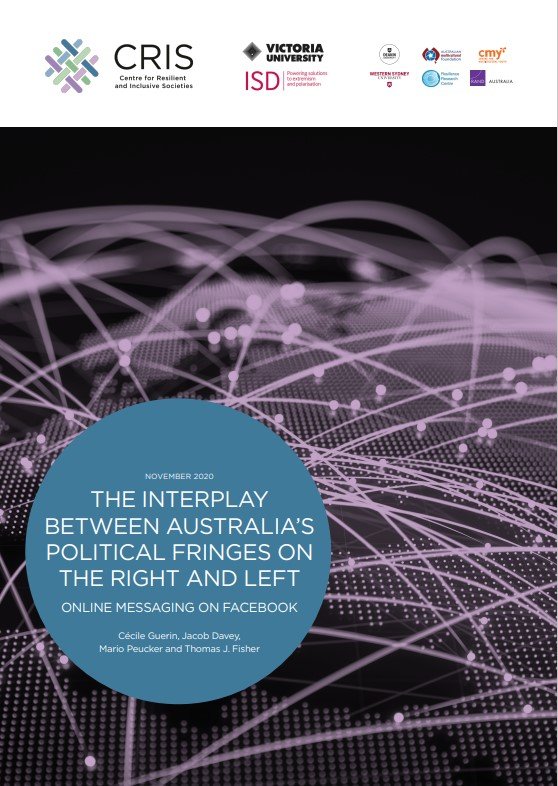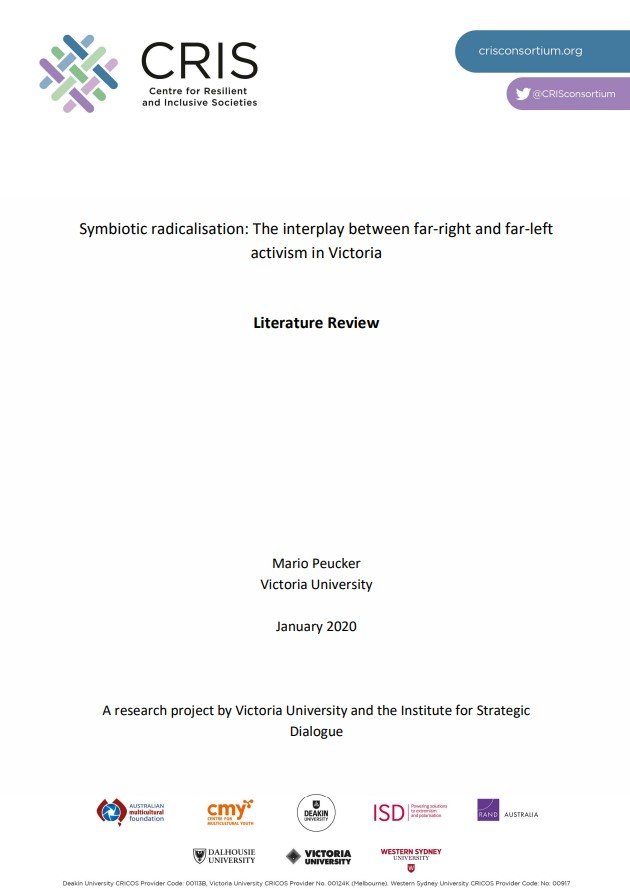
Symbiotic Radicalisation
Symbiotic Radicalisation: The interplay between the radical political activism on the left and right fringes in Australia
How do radical political actors in Victoria pursue their ideological agenda online and offline and how do their messaging and tactics change in response to external and internal developments? How do opposing political movements on the left and right fringes of the political spectrum interact with each other’s agenda and actions?
By using a combination of literature reviews, online research including social media data mining and offline research including ethnographic fieldwork and interviews, the project looks for answers by examining factors including: narratives, mobilisation, networks, and public discourse.
This briefing paper is the fourth and final output in ‘Symbiotic Radicalisation’, a project in our ‘Dynamics of Violent Extremism’ research stream. Symbiotic Radicalisation is a collaboration between researchers at the Institute for Strategic Dialogue (ISD) and the Institute for Sustainable Industries & Liveable Cities at Victoria University (VU). This paper provides an overview of key trends identified throughout this research program, which examines the online interplay between the far-left and far-right in Australia (with a focus on the State of Victoria) and considers the policy implications of this work.
This paper is the third in a series analysing the interplay between far-right and far-left groups in the state of Victoria, Australia, across a range of social media platforms. It provides an analysis of over 400,000 tweets produced by a sample of 151 far-left and 75 far-right Australian Twitter accounts since 2016.
This paper was updated in March 2022.
Cécile Simmons, Joshua Farrell-Molloy, Jacob Davey, Mario Peucker
This paper is the second in a series analysing the interplay between far-right and far-left groups in the state of Victoria, Australia, across a range of social media platforms. It provides an analysis of over 45,000 posts by a network of 40 active Gab accounts between January and September 2020.
Cécile Guerin, Jacob Davey, Dr Mario Peucker and Thomas J. Fisher
This paper is the first in a series analysing the interplay between far-right and far-left groups in the state of Victoria, Australia, across a range of social media platforms.
Cécile Guerin, Jacob Davey, Mario Peucker and Thomas J. Fisher

30th September 2021 | Online
Dr Mario Peucker (Victoria University)
Dr Julian Droogan (Macquarie University)
Sarah Holmes (Macquarie University)
This webinar presents an overview of several current research studies on the far-left with a focus on their antifascist actions in Australia. Based on ethnographic fieldwork and social media analysis, it discusses this topic from three interconnected thematic angles: first, the radical left groups’ offline responses to the rise of the far-right in the second half of 2010s (especially in Victoria); second, the online mobilisation of Australian-based Antifa groups; and third, the offline messaging of far-left groups through public postering and graffiti, especially in Sydney.

Dr Mario Peucker explains political fringes.
Misinformation has found a home with conspiracy theorists, some exploiting political divisions and others convinced of its truth.
Jacob Davey and Dr Mario Peucker tell us that by recognizing reciprocal radicalization between far-left and far-right movements, we can begin to build toolkits to limit potential escalation.







